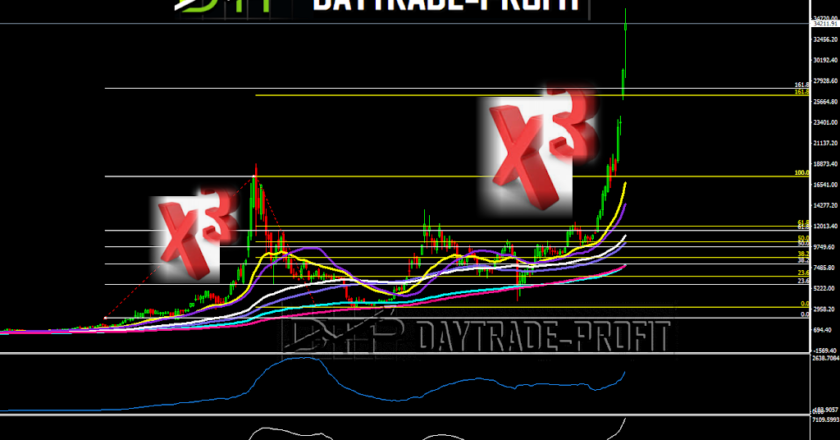WTI VS BRENT OIL SPREAD FORECAST
The Two Most Widely Used Crude-Pricing Benchmarks in the financial markets are Brent and WTI
Brent crude originates from four oilfields in the North Sea. The oil extracted from these fields is typically light, making it very easy to refine into other products. Roughly two-thirds of all crude contracts around the world use Brent as a pricing benchmark, which makes it the most widely used indicator of oil on the planet.
WTI is the benchmark for all crude oil that originates in the US and makes its way by pipeline to the hub in Cushing, Oklahoma primarily from oil fields around Texas, Louisiana, and North Dakota. Like Brent, most of the oil extracted in the US – especially in Texas and North Dakota – Pipeline constraints have resulted in a buildup of oil stock in Texas. The high supply and constraints in exporting result in a spread between WTI and Brent.
In terms of quality, WTI and Brent crude are very similar. For many years the difference in price between Brent and WTI was minimal – but since 2011, the two benchmarks have diverged. WTI crude is now cheaper than Brent.
The primary reason for the divergence of WTI and Brent over the past four years has been the recent surge in US oil production. Shale oil has drastically changed America’s energy landscape for the better but the transformation has been so rapid that the downstream and midstream sectors haven’t been able to keep up.
Cushing, Oklahoma, is one of the world’s biggest oil hubs, but its outdated pipeline infrastructure simply wasn’t built to handle the volume of oil that is currently being produced in the US.
What the Brent/WTI Spread has done lately
last months, crude prices have been on a down due to the global oversupply of oil – or at least the perception that a global oversupply will exist in the future
As for 12/11/2018, Brent traded at $71per barrel and WTI at $60
Although the ~$11 spread between the two benchmarks, it is rather significant considering how low prices currently are. This is especially true for US oil producers.
The price they receive is directly tied to WTI, so they essentially have to sell their oil to domestic refineries at a discount, which negatively impacts their profitability.
It is very hard to predict what the gap between Brent and WTI will do in the future, but most analysts anticipate that the price discrepancy will remain until the US supply glut is diminished.
 |
| wti vs brent |
Now let’s look at the graph of the gap between oil prices and try to draw a number of conclusions
For one thing, it seems that we have not yet reached the extreme levels that require a correction in Spread
Second, if we look at the psychological oscillator, we can see that it is approaching levels that can order a correction, but in 2011 it reached even a lower level
I think that at the levels of + $ 13 gap we should be prepared to accept a correction
This review does not include any document and/or file attached to it as an advice or recommendation to buy/sell securities and/or other advice


